 Hobbled by the recent half-billion-dollar losses of its Atari division, Warner Communications finds itself vulnerable to a potential hostile takeover by Australian publisher Rupert Murdoch, who isn’t shy about his plan to acquire a controlling interest in Warner’s very slowly recovering stock. To stave off Murdoch’s takeover attempt, a 19% stake in Warner is traded for 43% of Chris-Craft Industries’ broadcasting division, BHC Communications. This transaction later has unforseen consequences, including BHC’s near-successful 1989 attempt to block the Time Warner merger, and the creation of the short-lived PTEN television network, a failed 1990s venture whose main claim to fame will be the science fiction series Babylon 5.
Hobbled by the recent half-billion-dollar losses of its Atari division, Warner Communications finds itself vulnerable to a potential hostile takeover by Australian publisher Rupert Murdoch, who isn’t shy about his plan to acquire a controlling interest in Warner’s very slowly recovering stock. To stave off Murdoch’s takeover attempt, a 19% stake in Warner is traded for 43% of Chris-Craft Industries’ broadcasting division, BHC Communications. This transaction later has unforseen consequences, including BHC’s near-successful 1989 attempt to block the Time Warner merger, and the creation of the short-lived PTEN television network, a failed 1990s venture whose main claim to fame will be the science fiction series Babylon 5.

 The video game division of #1 toy maker Mattel closes its doors immediately after the parent company announces that it lost well over $300,000,000 over the course of 1983, with all of thoses losses occurring within its video game business. The remaining stock of Mattel’s Intellivision video game system and its software are liquidated, and the entire electronics division is laid off. The popularity of its Masters Of The Universe toys and perennial favorites such as Hot Wheels and Barbie are barely enough to keep the entire company out of bankruptcy court.
The video game division of #1 toy maker Mattel closes its doors immediately after the parent company announces that it lost well over $300,000,000 over the course of 1983, with all of thoses losses occurring within its video game business. The remaining stock of Mattel’s Intellivision video game system and its software are liquidated, and the entire electronics division is laid off. The popularity of its Masters Of The Universe toys and perennial favorites such as Hot Wheels and Barbie are barely enough to keep the entire company out of bankruptcy court. Activision releases the
Activision releases the 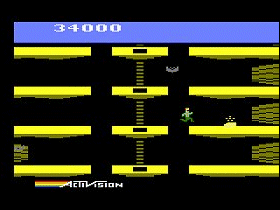 Activision releases the
Activision releases the  Konami introduces the arcade game
Konami introduces the arcade game 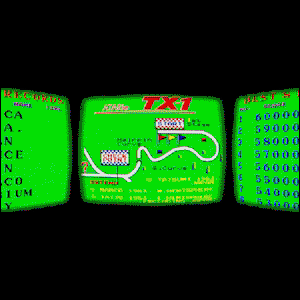 Atari releases
Atari releases  Like many other companies tied into the video game business – whose profits seem to be in an endless downward spiral – North American Phillips (formerly Magnavox) closes down production of Odyssey² hardware and software, and reassigns staff programmers to other products, including Phillips’ stand-alone word processor, VideoWriter, though few of the company’s former game designers remain with that project for long.
Like many other companies tied into the video game business – whose profits seem to be in an endless downward spiral – North American Phillips (formerly Magnavox) closes down production of Odyssey² hardware and software, and reassigns staff programmers to other products, including Phillips’ stand-alone word processor, VideoWriter, though few of the company’s former game designers remain with that project for long. Activision releases the
Activision releases the  Mixing video highway hypnosis and a strangely hummable theme song, Japanese video game
Mixing video highway hypnosis and a strangely hummable theme song, Japanese video game  Konami introduces the arcade game
Konami introduces the arcade game  Cinematronics releases the
Cinematronics releases the 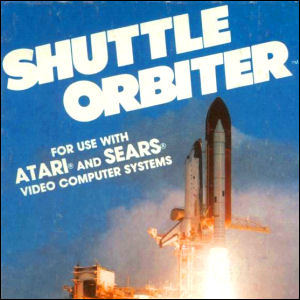 Avalon Hill, a company best known for its boardgame and tabletop wargaming catalog, releases
Avalon Hill, a company best known for its boardgame and tabletop wargaming catalog, releases 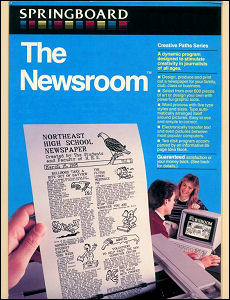 Springboard Software releases
Springboard Software releases  The American wing of Japanese arcade game manufacturer Taito introduces the coin-op racing game
The American wing of Japanese arcade game manufacturer Taito introduces the coin-op racing game  Capcom releases the arcade video game
Capcom releases the arcade video game 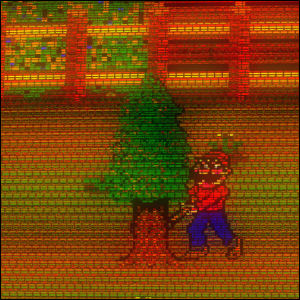 Midway releases the
Midway releases the 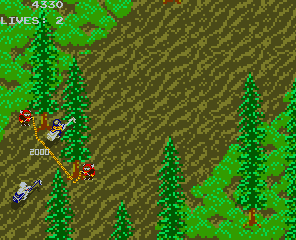 Atari releases the arcade game
Atari releases the arcade game 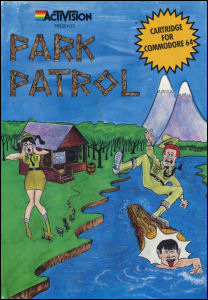 Activision releases
Activision releases 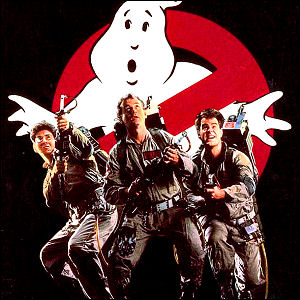 Just in time for Halloween, Activision releases the
Just in time for Halloween, Activision releases the 
 Coleco Industries formally announces the complete discontinuation of its Adam computer and the Colecovision home video game console, after revealing a $55,000,000 loss for 1984, a loss incurred largely by the market failure of Adam; only the hugely popular Cabbage Patch Kids dolls, another Coleco product, keep the company from losing any more money. Coleco’s remaining game and computer stock is sold to closeout retail chain Odd Lot, and the video game market crash claims another victim.
Coleco Industries formally announces the complete discontinuation of its Adam computer and the Colecovision home video game console, after revealing a $55,000,000 loss for 1984, a loss incurred largely by the market failure of Adam; only the hugely popular Cabbage Patch Kids dolls, another Coleco product, keep the company from losing any more money. Coleco’s remaining game and computer stock is sold to closeout retail chain Odd Lot, and the video game market crash claims another victim.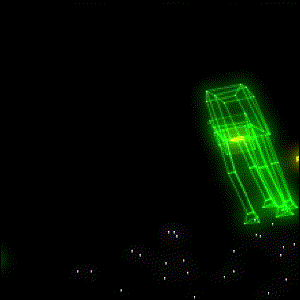
 Mindscape releases
Mindscape releases 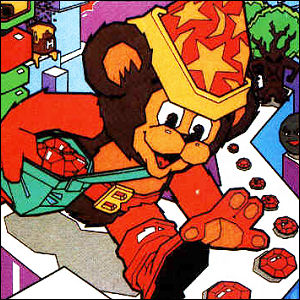 Atari releases
Atari releases 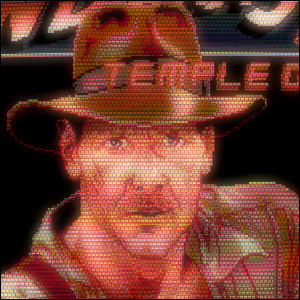 Atari releases the arcade game
Atari releases the arcade game 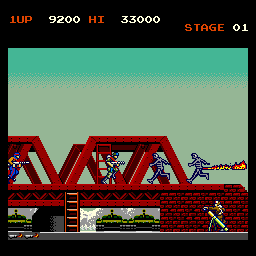 Konami introduces the arcade game
Konami introduces the arcade game 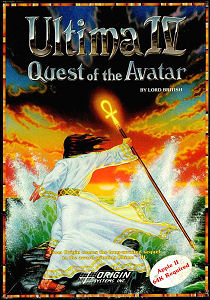 Origin Systems releases the
Origin Systems releases the 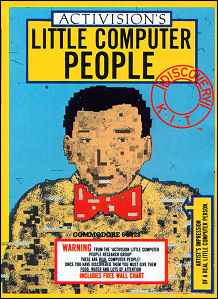 Electronic Arts releases
Electronic Arts releases 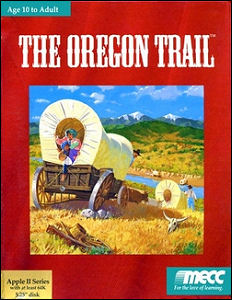 The Minnesota Educational Computing Corporation releases
The Minnesota Educational Computing Corporation releases 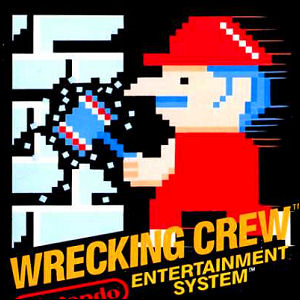 Nintendo releases
Nintendo releases